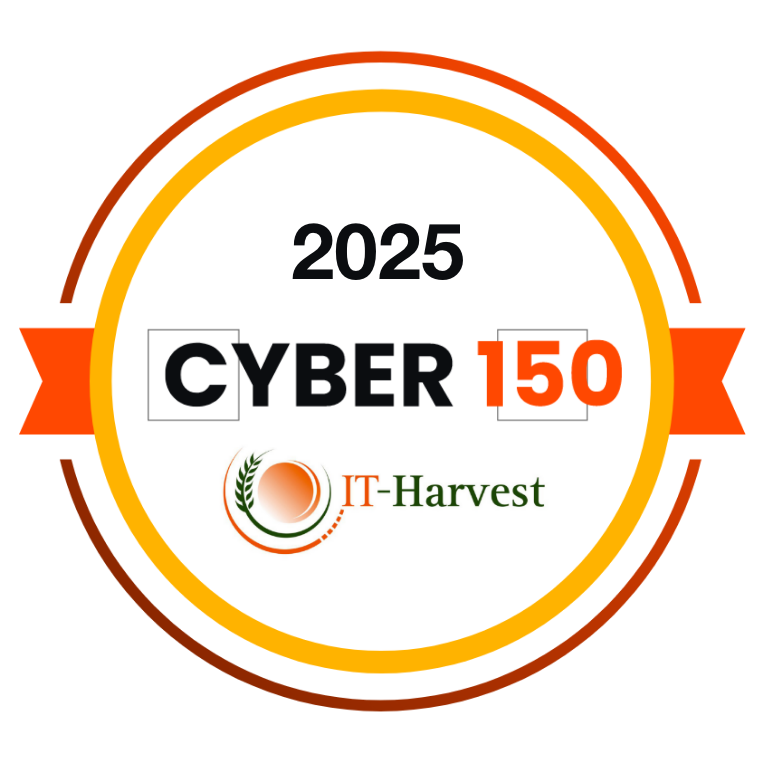Publicly Available Information
What Is Publicly Available Information?
Publicly available information is data that anyone can legally access without any restrictions. It’s information that is not hidden behind paywalls, is not private or confidential, and is not sensitive.
This type of information is typically used in research, journalism, marketing, and by individuals for personal or professional purposes.
Third-party definition
Publicly available information is an umbrella term covering a range of data found in various public sources. – Babel Street
Publicly Available Information vs Publicly Available Personal Information
Publicly available information and publicly available personal information are two related but distinct concepts.
Here’s how they differ:
Publicly available information is any data that can be legally accessed by anyone without restriction. It includes a range of information types, such as government data, academic publications, public databases, and content on publicly accessible websites.
Publicly available personal information is a subset of publicly available information. It is data about individuals that is available to the public. For example, personal details found in public records, such as voter registration lists, marriage and property records, or professional information like someone’s job title and work address posted on a company website or a professional networking site.
Publicly Available Information Examples
Some examples of publicly available information include:
- Government records. Such as census data, court records, and publicly disclosed filings like those from the Securities and Exchange Commission.
- Published material. Books, newspapers, magazines, and online articles that are accessible to the public.
- Open databases. Databases that are freely accessible and can include data on a variety of topics like demographics, economics, and scientific research.
- Websites. Information openly posted on websites, including blogs and forums.
- Social media content. Information that users publicly share on social media platforms, unless privacy settings restrict access.
Publicly Available Information Use Cases
Publicly available information can be used to benefit individuals and society.
One example is in disaster response and relief efforts.
During natural disasters like hurricanes or floods, timely and effective response and relief are critical to saving lives and reducing damage.
Publicly available information, including geographical information, taken from public databases is invaluable for planning rescue operations and understanding which areas are most affected or at risk. Social media-sourced publicly available information allows for real-time updates from people affected by the disaster.
However, publicly available information can also be misused in ways that can have serious negative consequences.
Take doxxing and online harassment, for example.
Individuals and groups with malicious intent can use social media and other online platforms to find information (home addresses, phone numbers, family details, etc.) about people they dislike/disagree with and then share that information publicly or use it to harass and/or stalk them.
Bad actors can also exploit personal details that are publicly accessible to commit fraud and identity theft. Simple information like full names, birthdates, and addresses can be enough to impersonate someone or apply for credit in their name.
Limiting the Amount of Personal Information That Is Publicly Available
Here are five steps you can take to reduce the amount of your personal information that is publicly available:
- Review and adjust privacy settings. Ensure that privacy settings on all online accounts, including shopping, personal blogs, and social media, limit who can access your personal information.
- Be mindful of oversharing. Be cautious about what personal information you share online, especially on social media, forums, or websites. Even seemingly innocuous data can be pieced together to form a broader picture of your identity.
- Monitor your information. Regularly look up your name on search engines to monitor what information about you is publicly accessible. Consider setting up Google Alerts or similar for your name to receive notifications if new information about you is posted online.
- Request data removal. Request the removal of your information from websites or databases if it is shared without your consent. Additionally, identify and opt out from data broker sites that collect and sell personal information or get professional help from data broker removal services like DeleteMe.
- Understand your rights. Get to know the privacy laws in your jurisdiction, such as GDPR in Europe or CCPA in California, which may give you rights to access, correct, or delete your personal information held by organizations.













